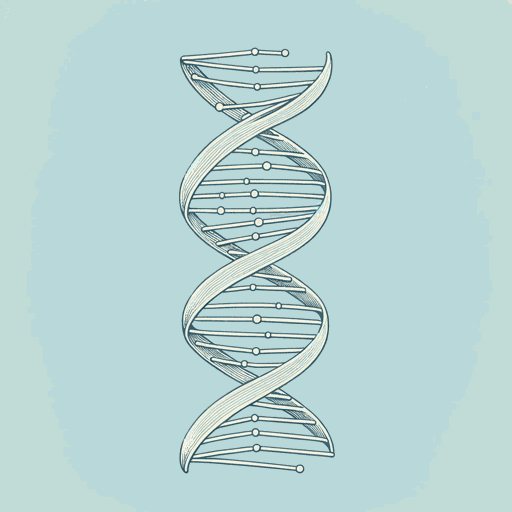84 pages • 2 hours read
James D. WatsonThe Double Helix
Nonfiction | Book | Adult | Published in 1968A modern alternative to SparkNotes and CliffsNotes, SuperSummary offers high-quality Study Guides with detailed chapter summaries and analysis of major themes, characters, and more.
Chapter 29-EpilogueChapter Summaries & Analyses
Chapter 29 Summary
Pauling finds out about the final structure from Delbruck. His reaction is one of “genuine thrill” (158) and he concedes the race, though still wishes to see the evidence himself.
The experimental evidence supporting Watson and Crick’s structure is now mounting, with work by a phage scientist contributing more accurate DNA samples.
While Watson is in Paris, Crick carries on working on the more complex A-form of DNA, and he has a model awaiting Watson’s inspection, on his return.
They draft up their publication for Nature, a 900-word article concisely expounding the double helix structure. Wilkins and Franklin read the manuscript and ask only that a reference to one of their colleague’s independent work on hydrogen bonds be included.
Watson and Crick decide to omit a lengthier discussion of the wider biological implications of their findings. They opt for a more laconic approach, with the line:
“It has not escaped our notice that the specific pairing we have postulated immediately suggests a possible copying mechanism for the genetic material” (160).
Bragg writes the covering letter for the paper and is clearly proud of the great achievement that has come from the Cavendish. It’s Watson’s sister who types up the manuscript.

